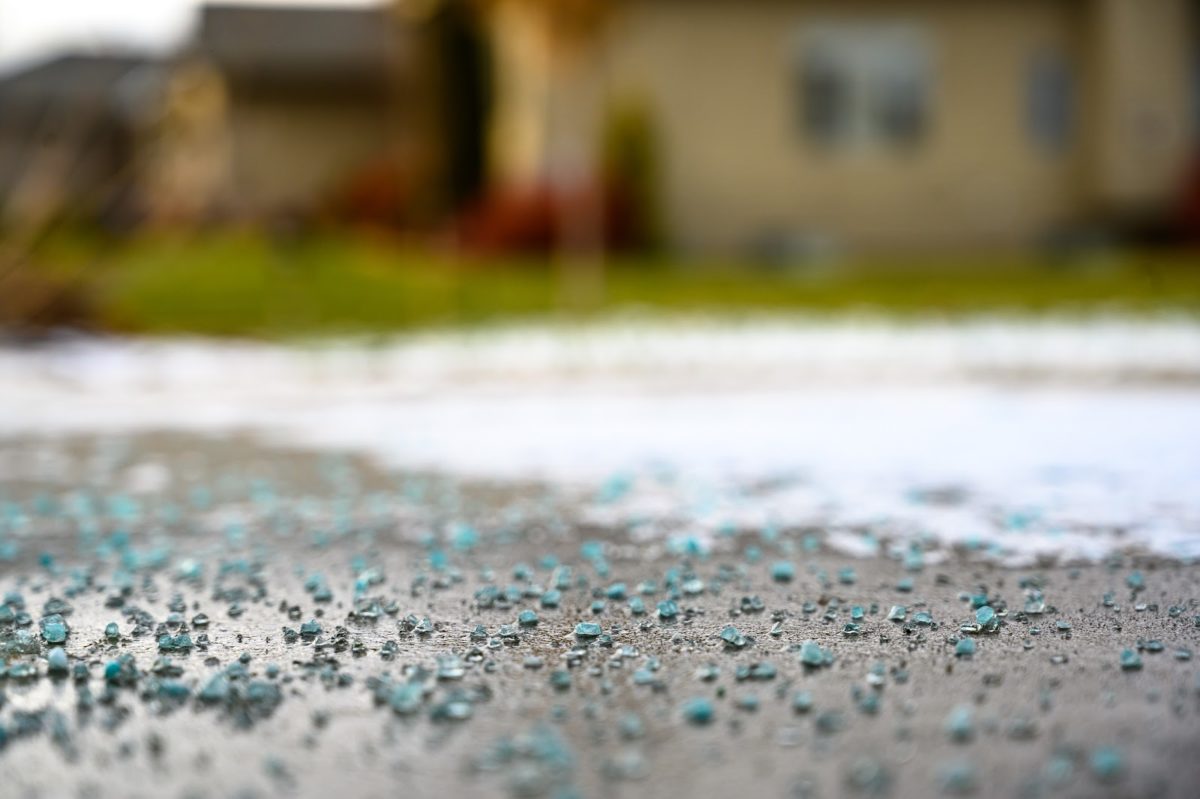Homeowners and businesses have been using salt to keep their roads and sidewalks free of ice for over 80 years. With vehicles still being our main form of transportation, keeping roads clear is essential to daily life, and this includes making sure that others stay safe on our driveways and pathways too.
Sadly, for all the good it does, salt can wreak havoc on plant life, especially our lawns. It’s important to recognize that there are different options available when it comes to winter salt and know which ones may be safer for your lawn. The following tips are intended to help you make the best choice this season.
What makes salt work so effectively?
If you’ve ever wondered why salt works so well, it’s because salt (calcium chloride) reduces the “freezing point depression” of ice. Basically, this means that salt helps lower the melting point of water, which freezes at 0 Celsius or 32 Fahrenheit. When salt is added to ice and snow, it forces the water to avoid freezing or refreezing.
What type of salt is best to use around lawns?
There are different types of salt that can be used to melt snow during the winter months, and they all have various effects on plant life and animal species. In particular, too much salt can cause the roots of grass and other plants to lose moisture, preventing your dormant lawn from getting the water it needs to grow back in the spring. This is why you might see brown spots on your lawn when everything thaws, due to the damage. Luckily there are ways to reverse or even prevent this damage, starting with a basic knowledge of which salts are ideal to use around your lawn.
Here is a standard list of the various types of salts, and which ones you should and shouldn’t use around your lawn:
Halite
This type of salt has sodium chloride in it, which is the same chemical compound that can be found in table salt. Cities use this type of salt for their roads, but it is harmful to vegetation, especially in higher concentrations.
Potassium Chloride
This type of salt is only occasionally used on roads and in higher doses, but it can be harmful to plant life. Ironically though, potassium chloride is also a plant fertilizer. Some municipalities that have used it on highways have mentioned that when used sparingly, the vegetation on highway medians becomes lush.
Calcium Magnesium Acetate
This type of road salt is considered the safest to use because it is less environmentally damaging. It’s biodegradable, while also having limited negative effects on vegetation or animals. It’s also non-corrosive, so it causes less rust damage on vehicles.
However, these benefits come at a price. Calcium magnesium acetate (CMA) can cost as much as 30 times more that other road salt. This makes it more challenging to use for larger applications like city roads, but it’s perfect for residential use and protecting your lawn and garden.
More information about calcium magnesium acetate
Calcium magnesium can be effective in combating ice down to temperatures of around -27.5 Celsius, and it’s about as corrosive as tap water. Years ago, a study conducted in Sweden found that CMA actually starts to decompose over time once it penetrates into the ground. So, by the time spring rolls around, it has virtually disappeared. This reduces its environmental impact and helps to make sure your lawn looks its best when the snow melts – a win-win!
Utilizing proper winter lawn care techniques now will make it easier to maintain come springtime. If you want your lawn to stay strong and vibrant, make sure you contact the lawn care experts at Weed-A-Way about how we can help.

